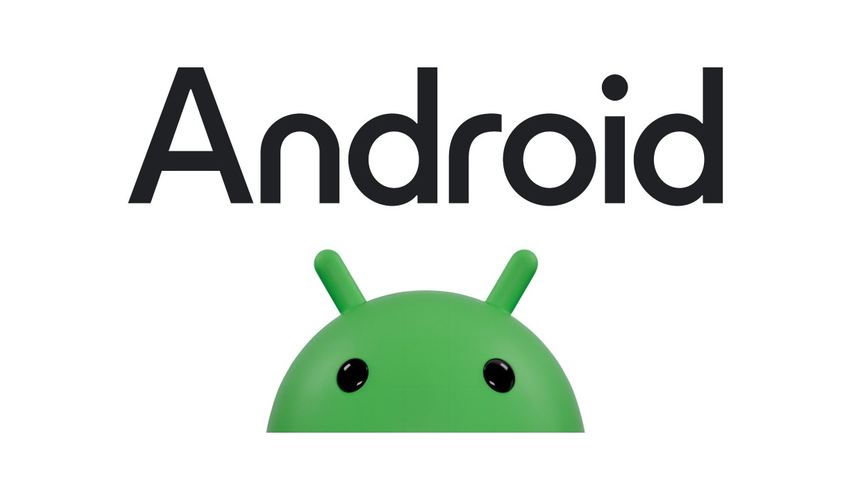Empowering Parents: Navigating Child Safety on Smartphones
- Feb 20, 2024
- 310

With the digital age in full swing, the concerns surrounding children's use of smartphones are escalating. Parents are increasingly vocal about seeking methods to safeguard their kids from potential dangers lurking online. This sentiment is fueled by initiatives like the "Smartphone Free Childhood" campaign and poignant appeals from individuals such as Esther Ghee, who has highlighted the risks following a personal tragedy. The government's recent move to prohibit mobile phones in schools underscores the urgency of addressing this issue. However, beyond institutional measures, there's a growing recognition of the need for parents to proactively manage their children's digital interactions. Fortunately, both Apple and Google have integrated tools within their operating systems—iOS and Android—that empower parents to monitor and control their children's smartphone usage effectively.
Setting Up Parental Controls on iPhone
Apple has woven its parental controls into the fabric of iOS, accessible via the "Screen Time" feature. To activate these controls, navigate to the Settings app, tap on Screen Time, and follow the prompts to designate the device as your child's. A suite of options unfolds, allowing parents to restrict app purchases, limit access to explicit content, and filter web browsing, among other things. These settings are safeguarded by a passcode, distinct from the device's unlock code, ensuring that children cannot modify the restrictions. Additionally, Apple's Family Sharing feature enhances these controls, enabling functionalities like "Ask to Buy" for monitored app purchases and device location tracking—a boon for ensuring your child's safety and locating lost phones.
Activating Parental Controls on Android

Google's approach to parental controls, termed "Family Links," mirrors its commitment to child safety. These controls are accessible through the Digital Wellbeing and Parental Controls section in the Settings app or via the dedicated Family Link app. Parents can set content filters, limit app usage, and manage screen time directly through their device or the app. Android’s emphasis on digital well-being extends to fostering a balanced approach to screen time and app usage, making it a valuable tool for parents seeking to cultivate healthy digital habits in their children.
Ensuring Balanced Oversight
Both iOS and Android platforms have instituted safeguards to ensure that parental controls strike a balance between protection and privacy. For instance, parents cannot view the contents of their child's screen or intercept messages, maintaining a degree of personal privacy for the child. Apple's "Communication Protection" feature, in particular, demonstrates this balance by alerting caregivers to potentially inappropriate media without granting them access to view the content directly. This approach empowers children to seek help while respecting their privacy.
Moving Forward with Digital Parenting
The landscape of digital parenting is complex, requiring a nuanced understanding of the technology at our disposal. Apple and Google’s parental controls offer a robust framework for parents to navigate this terrain. However, it’s essential to approach digital parenting with a blend of vigilance and trust, fostering open dialogues about online safety with our children. By leveraging these tools and cultivating a culture of digital literacy and awareness, parents can create a safer online environment that encourages responsible and enriching digital experiences for their children.